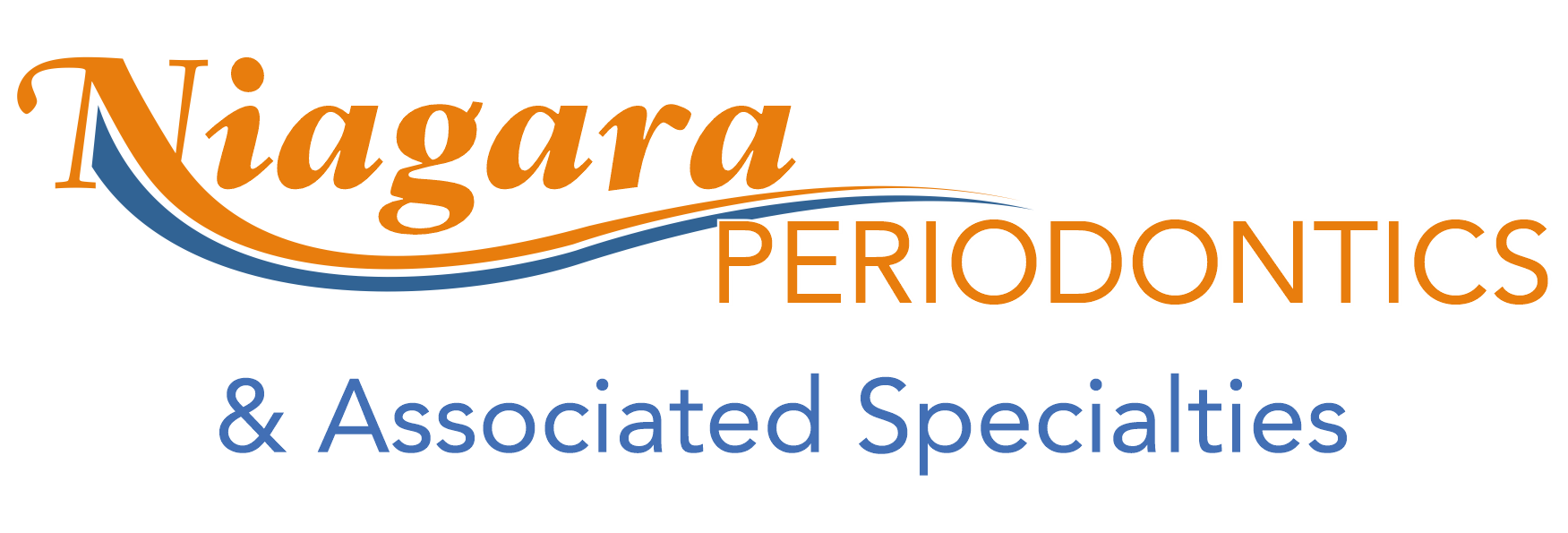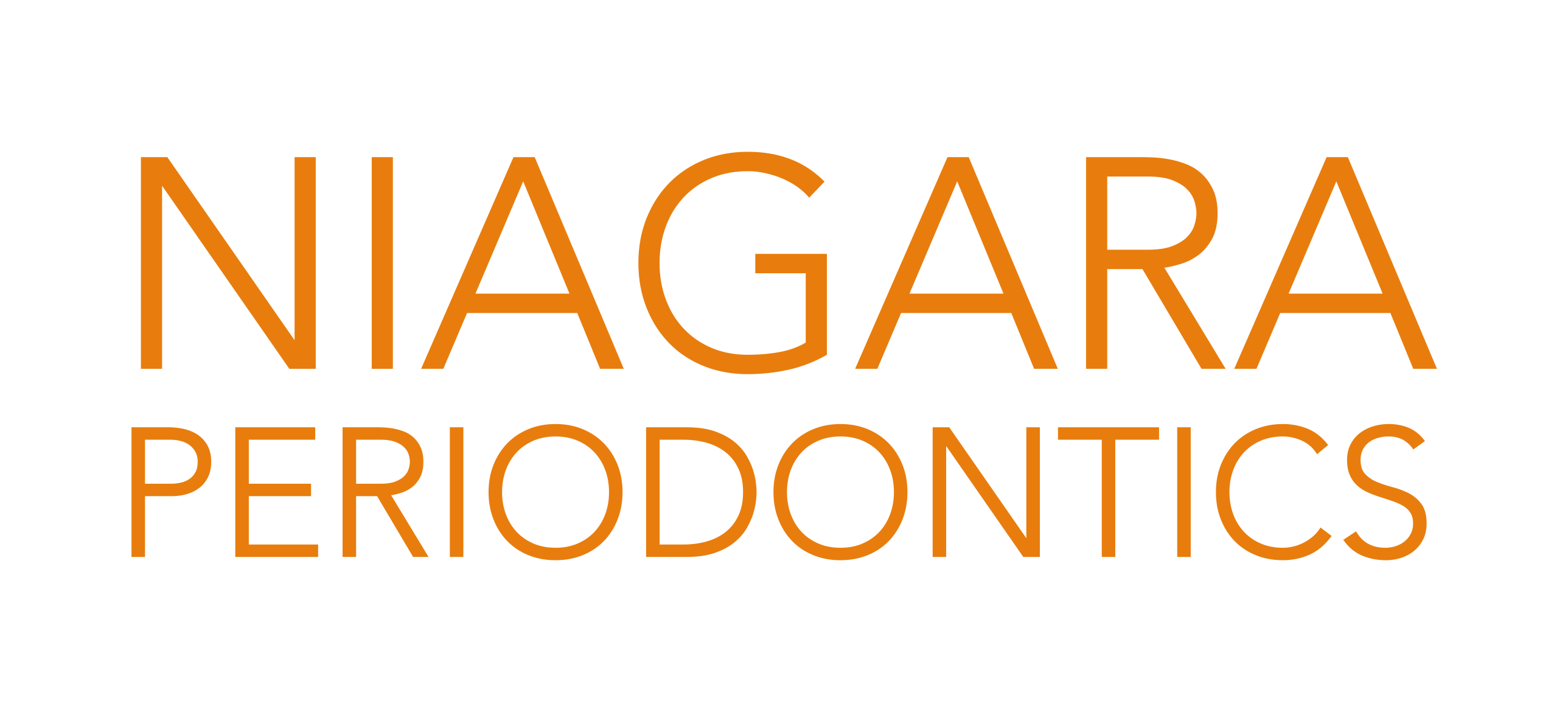What is Gingivectomy?
From the word “gingiva,” meaning the gums, and “ectomy” denoting surgical removal of a specific part of the body comes the word Gingivectomy or surgical removal of a portion of gum tissues in the mouth. If you’re suffering from an advanced stage of gum disease, also known as Periodontal Disease, the chances are high that your dentist may suggest a Gingivectomy.
Periodontal Disease or gum disease has severe implications on your oral health and general wellness. In advanced stages of periodontal disease, gum tissue may start pulling away from your teeth and create pockets or compartments along your gum line. When these pockets develop, your gum line is more prone to plaque formation that can result in diseased gum tissue. If this happens, your dentist may need to perform a Gingivectomy.
A Gum Specialist, Periodontist, or Dental Surgeon often performs the procedure. It involves the use of local anesthetics to numb your gums, and your dentist will use either a scalpel or a laser to remove the loose and diseased gum tissue. Once the infected tissue is removed, the remaining gums will be reattached around the teeth through surgical stitching. After the surgical procedure, a dressing will be applied to the teeth and gums. The surgical dressing will be left in place for a week, and your dentist will advise you to follow special instructions regarding post-operative oral care.
To learn more about Gingivectomy; it’s indications, contraindications, methods, and types, visit us at Niagara Periodontics in St. Catharines, Ontario. We are happy to answer any questions you might have about a Gingivectomy!
– Niagara Periodontics Team
Appointment Request Call Us
Call Us 


